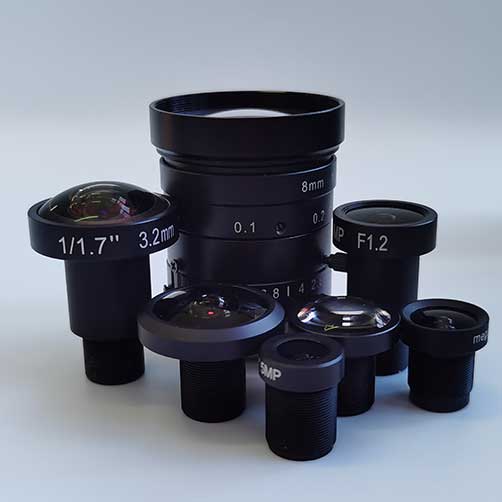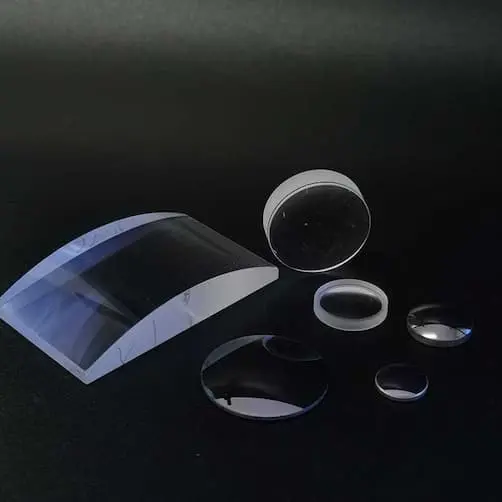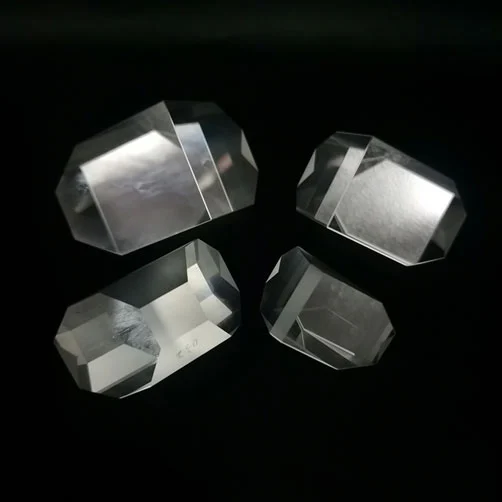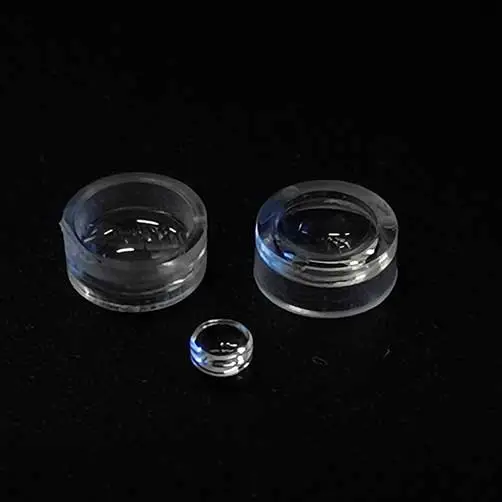
As visual inspection becomes more and more intelligent, the machine replaces the traditional human eye for detection and judgment, that is, the captured target is converted into an image signal through machine vision products, and then sent to a dedicated image processing system to obtain the image signal of the captured target. Morphological information.
According to pixel distribution, brightness, color and other information, it is converted into digital signals; the image system performs various operations on these signals to extract the characteristics of the target, and then controls the on-site equipment actions according to the results of the discrimination.
As an imaging device, an industrial lens usually forms a complete image acquisition system together with a light source and a camera, so the selection of an industrial lens is restricted by the requirements of the entire system.
Sometimes, when we do visual inspection, we will encounter the following problems: unable to detect space objects, unable to control field of view changes, unable to control image distortion, unable to achieve higher sharpness, large distortion, reflections, etc.
At this time, ordinary lenses and light sources cannot effectively solve the problem when shooting, so a double telecentric lens is used.
The main feature of the telecentric lens is that it can overcome the perspective error, the magnification is consistent within the depth of field range, and there will be no phenomenon of near large and far small.
It reduces the difficulty of post-processing software, improves detection accuracy, consistent magnification within the depth of field, zero distortion and no distortion in large depth of field, high contrast and high resolution.
For example, double telecentric znse lenses and light sources are used in the detection of chipping, scratches and defects on the surface of a cylinder whose optical fiber communication conductor is Φ1*4mm.
Compared with the previous detection by the human eye with a magnifying glass under two 40w incandescent lamps, not only the shooting is clear, the detection result is accurate, but also the efficiency is improved and the cost of manpower and material resources is saved.
The double telecentric lens came into being to deal with some problems. The double telecentric lens placed the aperture diaphragm at the center of the optical system, so that the chief ray must pass through the center point of the aperture, and the chief ray on the object side and the imaging side must be parallel. into the lens at the optical axis.
The incident parallel light ensures a sufficiently large depth of field scale, and the parallel light from the lens ensures that the working interval changes greatly within the depth of field scale, and the imaging height and magnification will not change.
1. When the thickness of the detected object is large and more than one plane needs to be detected, it is typically used such as food boxes, beverage bottles, etc.
2. When the position of the measured object is uncertain, or it may be at a certain angle with the lens.
3. When the measured object jumps up and down during the detection process, such as when the production line jumps up and down, resulting in a change in the operation interval.
4. When the measured object has an aperture, or a three-dimensional object.
5. When low distortion rate is required and the brightness of the picture effect is almost the same.
6. When the defects that need to be detected can only be detected under parallel lighting in the same direction.
7. When the demand exceeds the detection accuracy, the telecentric lens should be used, for example, the allowable error is 1um.



